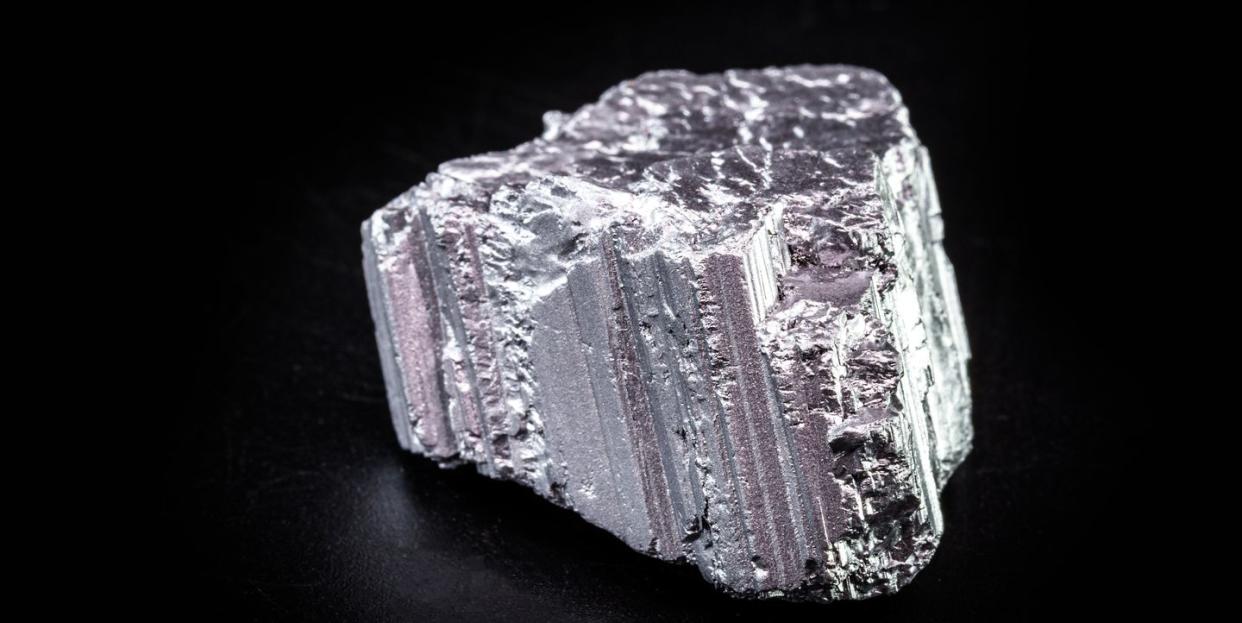Elon Musk Wants a Future of EV Motors Without Rare Earth Metals

- Oops!Something went wrong.Please try again later.
"Hearst Magazines and Yahoo may earn commission or revenue on some items through these links."
Many electric vehicles (EV) use the permanent magnetic properties of rare earth metals to make their electric motors as efficient as possible.
Earlier this year, Tesla announced that it would ditch rare earth metals (such as neodymium) in its motors by some unspecified date, citing supply chain issues and overall toxicity of sourcing them.
Experts are exploring how Tesla will pull off this engineering feat, and if it’ll require some performance trade offs.
The future of the automobile is electric. Car companies and governments are transitioning (though for some, not quickly enough) from a gas-guzzling existence to emissions-free highways and byways. But this EV future isn’t without its costs, and one of the biggest ones—both financially and politically—is sourcing the rare earth metals found in magnetic motors that power the EV revolution.
Take, for example, neodymium. When combined with elements like iron and boron, it creates a continuous magnetic field. This magnetic field interacts with an electromagnetic field created by the electrons flowing through coils of wire in the motor. This amazing piece of engineering is what rotates the motor’s shaft and moves a Tesla EV as efficiently as possible.
Earlier this year, Tesla announced its intention to create a new motor that was completely free of rare earth metals. Earlier Tesla cars featured an AC induction motor (hence the hat tip to the motor’s original inventor, Nikola Tesla), which required no rare earth metals. But things changed with the Model 3 and its always-on magnetic motor. Although the company has reduced the need for rare earth metals by 25 percent since 2017, the Model Y still uses 520 grams of the stuff, according to Tesla.
That’s all to say that rare earth metals like neodymium (and commonly used additives like dysprosium, terbium, and praesodymium) are pretty important. But as their name suggests, they’re not exactly easy to come by. Though they can technically be sourced from anywhere in the world, China has become a leading rare earth metal one-stop shop, which could be a problem if U.S.-China relations go from bad to worse. Fearing this worst case scenario, the Biden Administration’s Inflation Reduction Act calls for the critical components of electric vehicles to be domestically produced. So, while ditching rare earth metals is certainly an engineering challenge, it likely reduces financial and political costs in the long run.
But what other element could possibly fill in the magnetic gap? According to Wired, a leading candidate to replace neodymium is likely ferrite, a ceramic iron-oxide compound found in a variety of electronics. This material comes with some serious benefits—corrosion resistance and low cost being chief among them.
However, as Wired also notes, ferrite has about one-tenth the magnetic strength of neodymium, meaning any ferrite magnet will likely need to be larger and heavier than its predecessor. And in the EV world, “larger” and “heavier” are two words you usually don’t want to hear, especially when eeking out every mile possible is what’s helping sell the technology to the population at large.
It’s unlikely that such a solution would be as simple as “make magnet bigger,” and instead will likely require a rework of the motor to implement this new neodymium-free design. Even if Tesla manages the rework without major compromises, the company’s use of rare earth metals represents only a sliver of the world’s total consumption, and these metals will likely remain vital for electronics and EVs well into the future.
You Might Also Like

